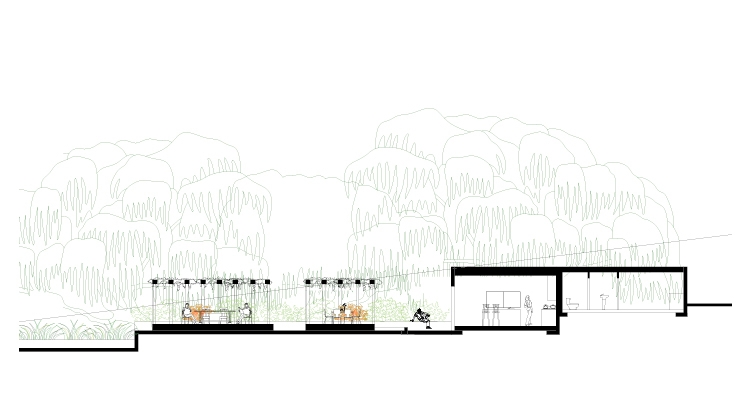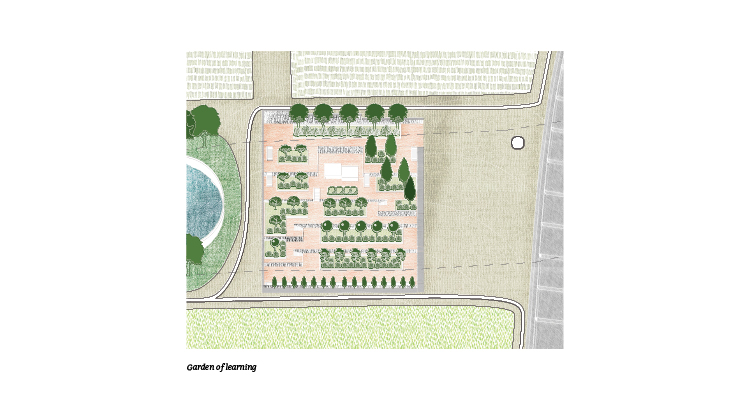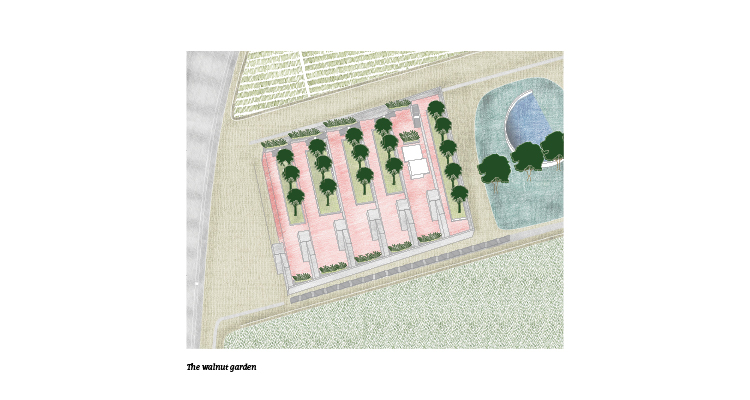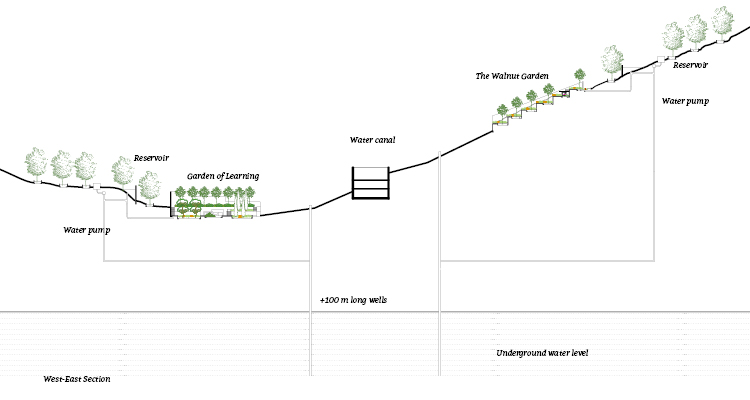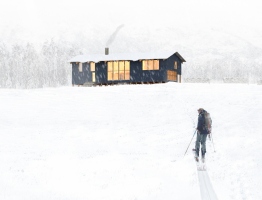Diplomprosjekt
Høst 2020
Institutt for urbanisme og landskap
It was in the Persian desert that the model of an ordered paradise emerged. Walls around it to keep out the un- pleasant world, in its center, a spring from which irriga- tion channels carry water to north, east, south and west.

District 22 is located on the westernmost part of Tehran. A district with an agricultural past, It is 1/7th of the entire city’s size with the altitude of 1400-1800 meters. Tehran’s erratic sprawl of high-rise towers, and its dry climate has intensified the erosion and aridity.
The project is a series of productive and community gardens in a developing urban centre of west Tehran. The features of the site were taken as the starting point for the garden’s forma- tion.
To restore the rural landscapes, traces of the historic agricultural fields and the water chan- nel(qanats) underneath were used to place the gardens appropriately so that their direction and vegetation, reveals its history.
The design resembles a textile carpet viewed from above. Steep slopes form the terraced gar- dens, bringing shade to the hills and giving access to the intimate gardens.
Large pools behind the gardens, store water pumped from the undergrounds for gardens and the crop fields and shaded porches hide in the heart of each garden, uniquely housing its users.
The green carpets and the crop fields is an active step to help the soil and underground water from irreparable damages of erosion. Getting access to the ground water, is the primary solu- tion to keep the project prosperous. Pumping adequate amount of water contributes to the re- circulation of the underground water coming closer to the surface.
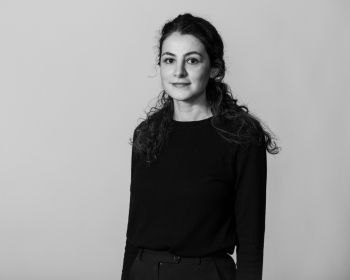
Atoosa Yasaman Ghanaei/ atoosa.ghanaei@gmail.com
